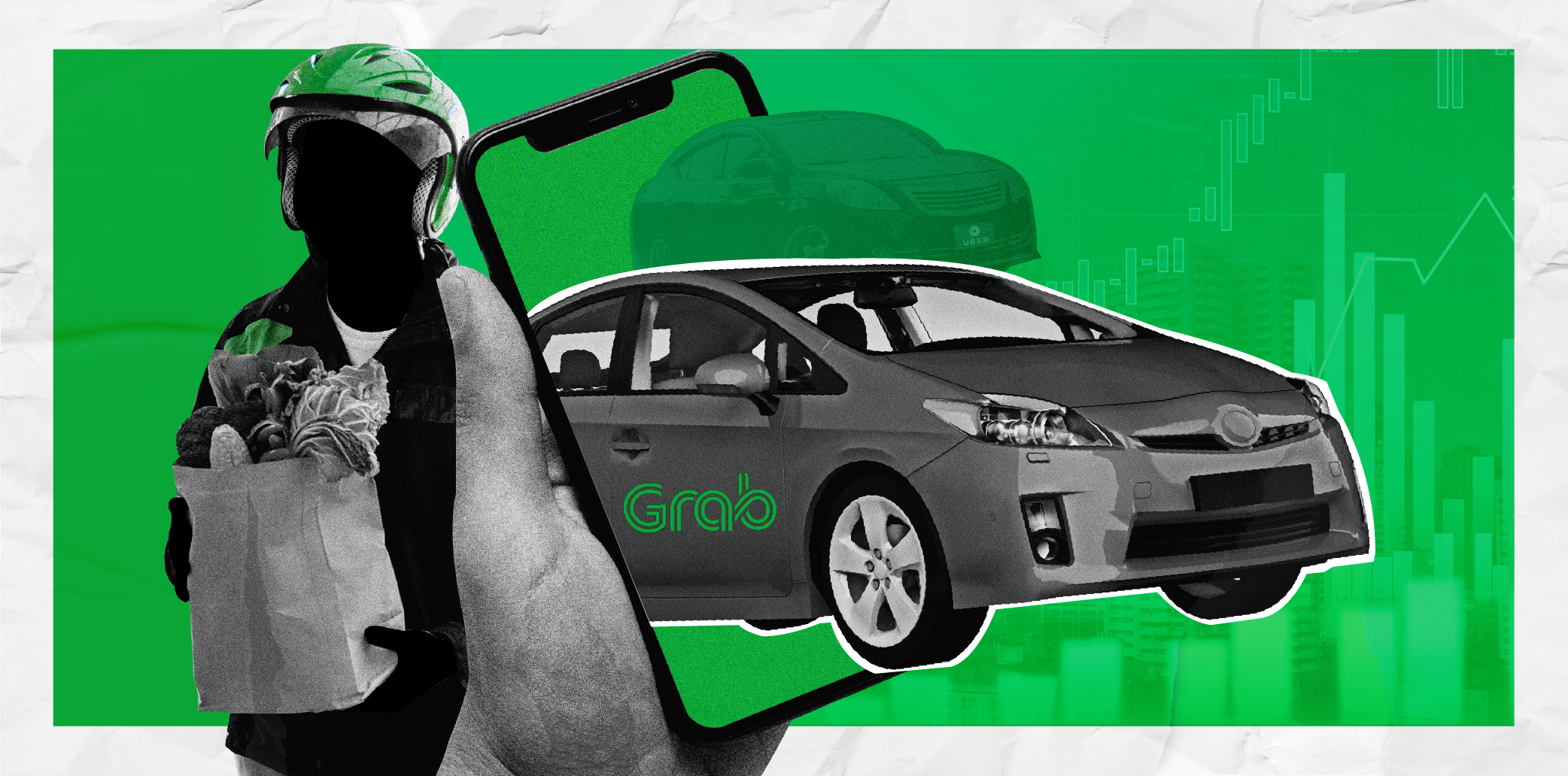Super app operator Grab will begin “tapering” incentives for drivers in the second half of this year as the supply of drivers stabilizes, the Singaporean company said Thursday, looking to achieve profitability after years of heavy spending to retain market share.
“We are laser-focused on meeting our profitability targets and growing sustainably,” CEO Anthony Tan said in an earnings call. Through “disciplined cost management,” Grab aims to break even for deliveries on adjusted EBITDA (earnings before interest, taxes, depreciation and amortization) by the end of 2023.
The move comes as investors shift away from high-growth, unprofitable companies amid rising interest rates and inflation. Grab went public in December as one of the most anticipated listings of Southeast Asian startups, but has since shed more than 70% of its value.
Southeast Asia’s largest ride-hailing and delivery company reported a loss of USD 435 million for the three months to March, narrowing from a USD 666 million loss in the same period a year ago.
Revenue totaled USD 228 million, up 6% from a year earlier, as Southeast Asian economies gradually returned from pandemic restrictions. Delivery sales rose 70% to USD 91 million, but mobility revenue dipped 22% to USD 112 million.
Grab’s revenue is presented net of incentives for drivers, merchants and consumers. The decline for its mobility business shows that Grab spent heavily on incentives, partly to attract drivers returning from lockdown. Consumer incentives rose 85% to USD 344 million, while partner incentives climbed 55% to USD 216 million.
For Grab, controlling such incentives is vital for achieving profitability. Last year, the company spent over USD 1 billion on incentives. These heavy investments resulted in the annual loss ballooning to USD 3.5 billion, from USD 2.7 billion a year before.
Even as Grab retains its leadership position, competition could affect its plan to reach profitability. Indonesia’s GoTo—a merger between ride-hailer Gojek and e-commerce company Tokopedia—went public in April, while Singaporean tech giant Sea is also expanding its food delivery business.
As for Indonesia’s food delivery market last year, Grab controlled about 49% while Gojek took 43%, according to venture and reports company Momentum Works.
Tan said inflationary pressure has not affected demand.
“We have not seen headwinds in demand from higher inflation rates,” he said. “What is more evident and observable are the higher fuel prices.” Grab noted slight increases in prices and surcharges in Singapore and Vietnam, but said it had “yet to see a material impact on mobility demand.”
This article first appeared on Nikkei Asia. It has been republished here as part of 36Kr’s ongoing partnership with Nikkei.

